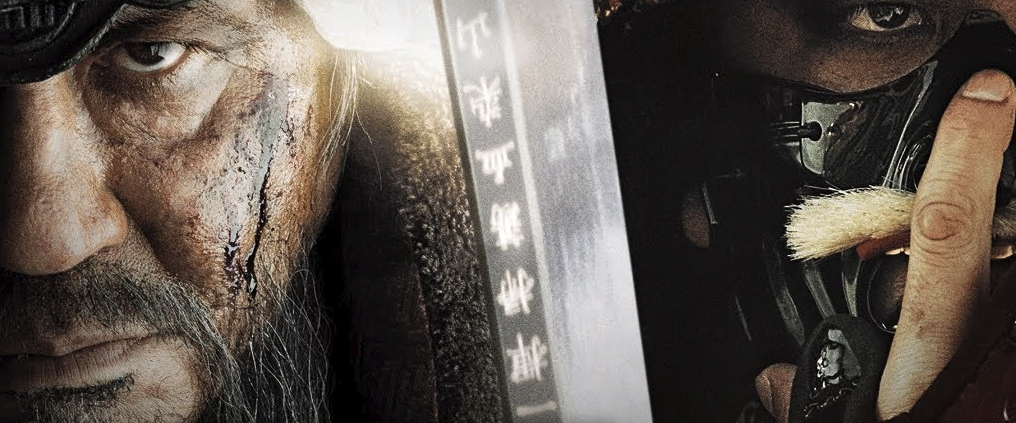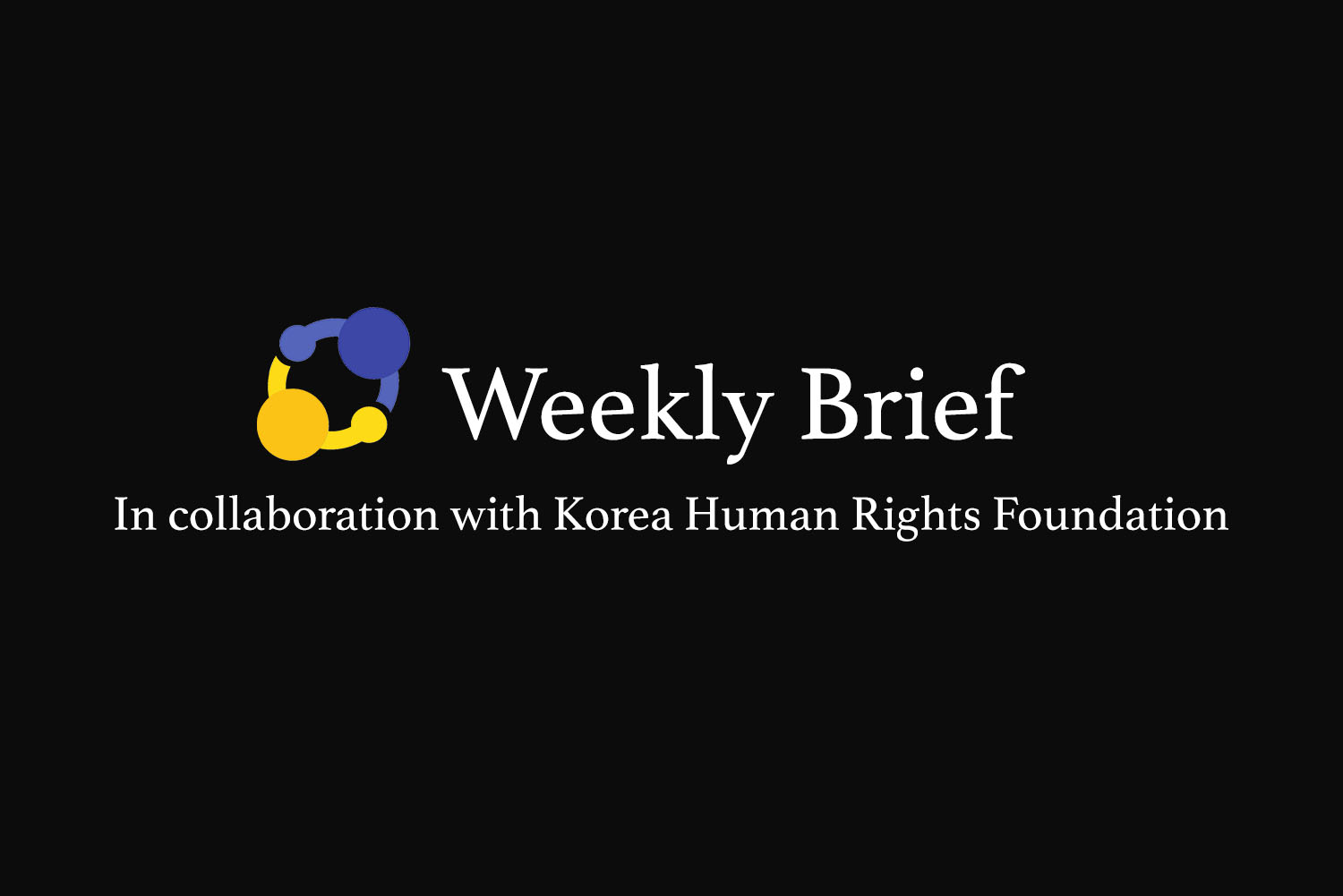
Admiral Conquers South Korean Cinema, Exposing Fissures in Politics

It’s a big-screen scene to thrill the heart of even the most cynical South Korean moviegoer.
The year is 1597, and the forces of the Joseon Dynasty – the precursor to the modern Korean nation – and Japan are at war. The last remnants of the Korean fleet, just 12 salvaged ships, must rally to defend the peninsula’s southwestern shores against a pillaging Japanese navy some 330 vessels strong, bound for the capital city. Dejected and outnumbered, the Koreans’ spirits are flagging in the face of the mighty foe.
But the commander of the Korean fleet is no ordinary leader. Admiral Yi Sun-shin sets his own encampment on fire, cutting off the path to retreat. Then he turns to his sailors to deliver a rousing speech: “If you wish to live, you will certainly die,” he tells them. “But if you wish to die, you will certainly live.”
Yi is a mythical figure in the South Korean imagination. And his improbable rout of the Japanese fleet at the Battle of Myeongnyang is at the heart of the biggest movie to hit South Korea – ever. Myeongnyang, or The Admiral: Roaring Currents, as the movie is titled in English, is a phenomenon: As of mid-September, the movie has sold more than 17.5 million tickets in a country of 50 million. (For comparison, the next-highest-selling film was James Cameron’s Avatar, which opened in South Korea in December 2009, and sold 13.3 million tickets).
The film has been deemed mediocre at best — New York Times movie critic Ben Kenigsberg, for example, called it “turgid.” Darcy Paquet, a Seoul-based commentator on Korean films, wrote on his popular website that “The Admiral is not really an outstanding film,” just “expertly packaged.” But Myeongnyang, it seems, has struck a chord with South Korean society — and, in particular, with the country’s nationalist right, who see in Yi a strong leader of the sort that might be able to shake the country out of the malaise that has overtaken it following the tragic sinking of the Sewol ferry this spring.
JoongAng Ilbo, one of South Korea’s three leading conservative dailies, was quick to see Myeongnyang as a call to arms, pleading in an August 5 editorial for the country’s politicians to pay attention to Yi’s “strong leadership, moral authority, vision toward the future, and indefatigable spirit that transcends difficulties of the moment.” Dong-A Ilbo, another of the big three, ran on August 6 an editorial titled “President Park: Show the Leadership of Myeongnyang in Solving Deep-Rooted Problems of the Nation.”
Deferring to popular will, even conservative President Park Geun-hye saw the movie in early August, accompanied by Kim Ki-chun, her chief of staff.Afterward, a presidential spokesperson issued a statement, saying that the viewing “signifies a desire to inspire the nation to reach a consensus, overcome threats, and seek cooperation among people, officials, and military in this moment of national crisis and to work together toward economic revitalization and national innovation. We will demonstrate leadership that pulls Korean society out of the swamp of depression since the Sewol ferry sinking.”
It has been months since the April 16 sinking of the Sewol ferry off Jindo Island (not far, coincidentally, from where Yi fought the Battle of Myeongnyang). The accident killed 304 people, mostly young students, and captured the world’s attention. But while the world has moved on to other disasters, South Korea has been paralyzed by the fallout. The National Assembly has been deadlocked for months over the creation of a special commission that would investigate the sinking, with no agreement in sight. The president has refused repeated requests by bereaved families for a meeting. And protestors continue to sit in downtown Seoul, staging hunger strikes over the state’s handling of the rescue operation and failure to enforce safety regulations that would prevent similar disasters.
Amid this stagnation, the country seems to have latched onto Yi and Myeongnyang as a source of inspiration. History has always resonated here: South Koreans receive a rigorous education in the country’s past as part of the state’s efforts toward building a strong national identity; historical dramas – called sageuk in Korean – are perennial favorites among viewers both on television and in cinema; and historical figures are often held up as exemplars. But even in this environment, Yi Sun-shin’s place is special.
In South Korea, Yi is seen as a savior, someone who embodies inexhaustible loyalty, filial piety, and military genius. The story of his ultimate death, at the Battle of Noryang, which he ordered subordinates not to make public lest his soldiers became demoralized, is taught to every South Korean schoolchild. His shrine in the western city of Asan, overseen by the state’s Cultural Heritage Administration, attracts hundreds of thousands of visitors each year — and even more now that the movie has become such a hit: The attendance figure this August alone was 98,600, a jump of more than 70,000 people compared to the same period last year, according to the shrine’s management office.
Yi has also long been a favorite historical figure for the right in particular, and is readily invoked by those arguing for strong leadership. It was none other than Park Geun-hye’s father, South Korean dictator Park Chung-hee, who spearheaded the modern-day glorification of Yi Sun-shin, which many saw as an attempt to reinforce his own mandate as a military ruler. The sign that bears the name of the Asan shrine is in the elder Park’s personal handwriting, and he also commissioned Yi’s iconic statue, which has stood in the heart of downtown Seoul since 1968.
Myeongnyang also happens to be wildly nationalistic – and in particular, anti-Japanese – which has not hurt its appeal to South Korean audiences, even those who are normally reserved toward Japan. The 1592 invasion of Joseon by the Japanese remains a strong source of anger, even today. In the movie, vicious Japanese soldiers take pleasure in cutting down innocent Korean villagers, and menacing enemy forces carry banners suspiciously reminiscent of the modern Japanese flag, while Korean protagonists appear more like idealized types than full-fleshed characters in their unwavering devotion to the country.
Not everyone has found the movie inspiring, however: Myeongnyang has been derided on the left, which has also largely dismissed conservative readings of the film as a battle cry for the nation. Prominent progressive pundit Chin Jung-kwon, in a tweet, called Myeongnyang “frankly rubbish” and called out a conservative critic for “seemingly implying that a proper viewing of Myeongnyang requires healthy patriotism” when the movie ought to be seen simply as a movie.
A widely circulated review in the leading progressive newspaper Hankyoreh put it more bluntly, calling the movie “a kind of masturbatory device” for “the middle-aged and the old” that “caress[es] the wounded pride of a generation whose history has been utterly rejected in the aftermath of Korean society’s systemic collapse as revealed by the Sewol catastrophe.”
But 17.5 million tickets sold builds its own momentum. And it does not hurt that the film was partially funded and solely distributed by the CJ Group, a major South Korean chaebol, or conglomerate, that also happens to own CGV, the country’s largest multiplex cinema company. At one point in early August, the title was playing on 39.8 percent of all available screens in South Korea. The movie has grossed a record-breaking 135 billion South Korean won (approximately $130 million) domestically so far, and the sales, for now at least, keep coming.
“I came to see it because I heard it was entertaining and a lot of other people were seeing it,” said Choi A-ra, a 30-something woman who came with her husband to catch a recent late-night screening at a downtown multiplex in Jongno.
But unlike the entertaining reincarnation of the admiral on silver screen, the current administration appears to be drifting aimlessly – rehashing the same rhetoric of economic deregulation and privatization from months ago and offering no concrete policies toward improving public safety. Just one subway stop over, dozens of demonstrators, camped out since mid-July in protest of the government’s response to the Sewol disaster, continued their vigil in the heart of Seoul. From his perch steps away, the statue of Yi Sun-shin’s stared afar while they lamented the contrast between the current government and the long-deceased admiral.
Chang Song-hee, a spokesperson for the bereaved Sewol families on hunger strike, said, “People are educated from a young age to love the country and fellow citizens, but in reality they rarely see that love in action. Who loves our country and who loves our nation? Politicians don’t demonstrate that love and neither do soldiers. But Myeongnyang clearly shows what patriotism means: This is how you love the country, this is how you love the nation.”
A version of this article first appeared in Foreign Policy on 19 September 2014.

